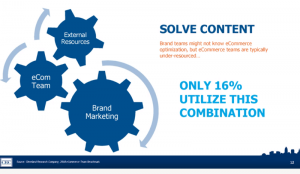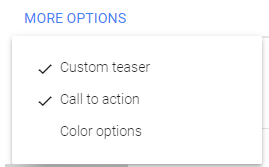 Thirteen years ago LinkedIn launched Groups, an online space for lively discussion and ideas. So what could possibly go wrong?
Thirteen years ago LinkedIn launched Groups, an online space for lively discussion and ideas. So what could possibly go wrong?
Well like every other free online forum on the web it quickly filled with people more interested in prospecting for clients than actively contributing to the conversation. As a result things became very spammy and the “real” discussions waned.
Seeing the need for reform, LinkedIn retooled Groups and instituted a set of rules, guidelines, policies and features designed to make it far less of a spam factory.
So how can you use LinkedIn groups for sales without annoying the very people you want to connect with?
The first rule is don’t be the “real estate agent” who only goes to parties so he can get his card in everyone’s pocket.
People can sniff this out a mile away. And they can see you don’t care about anything other than making money off those in attendance. Even the host is left wondering how you even got in.
So the trick is to be tactful about your approach.
Here’s one way…
On the Groups page, type into the search bar a topic that your prospects might be talking about.
So I type in the keyword ‘training’ and a message pops saying, “Hey, here are some discussions within the Sales Management Executives Group that include the word ‘training’.”
Seeing some useful groups in the search results, I would then post some useful content in the conversations there to further the discussions. The idea is that people would notice my statements, comment on them and ideally want to reach out to connect with me to discuss further.
The other way is a little more proactive. Look at the various comments on the subject and explore who is doing the liking and commenting. Then take a look at the commentor’s profiles and if appropriate, reach out to them about their comment in the group and set a conversation in play.
Both approaches require a fair bit of tact and finesse to ensure that those you reach out to aren’t made to feel like they’re a mark. That means, coming with your A-game with good content to add to conversations and a willingness to invest in the discussions.
There are two reasons for doing this. One, is to ensure that Groups are seen by users as a good place for discussion. The other is to ensure that you, and by affiliation, your company are seen as high-information contributors in the groups.
Because if you’re spotted as someone merely on the prowl for prospects, you’ll be as clearly identifiable as a tin of spam.
Digital & Social Articles on Business 2 Community(38)
Report Post







